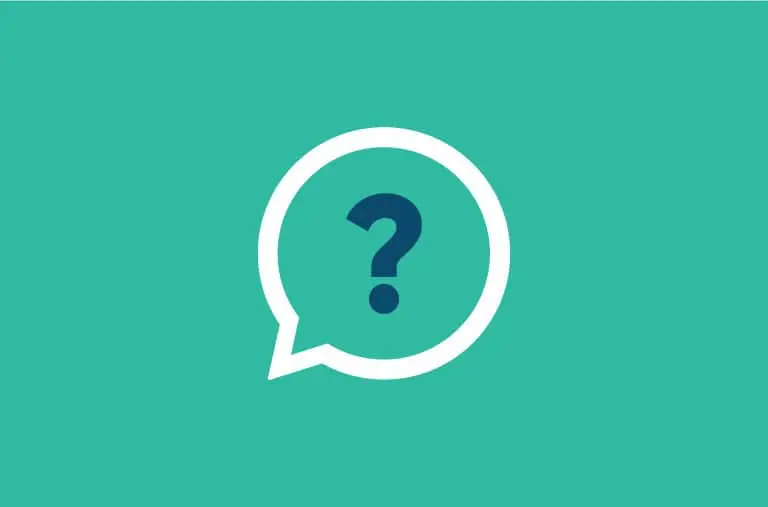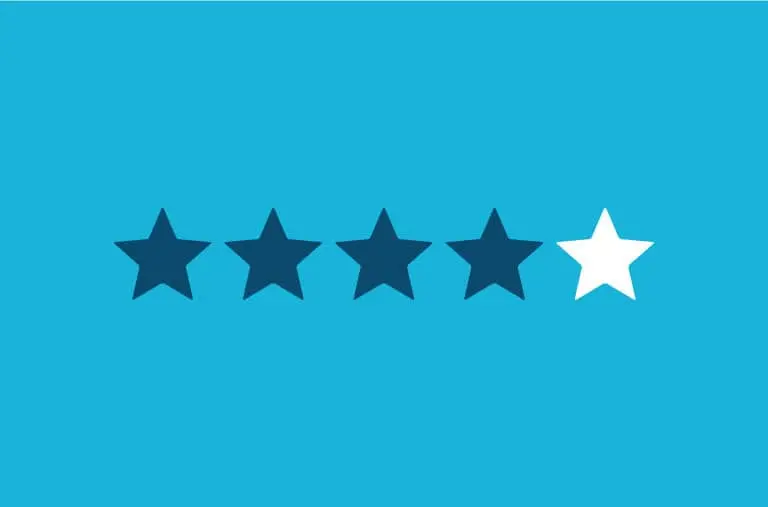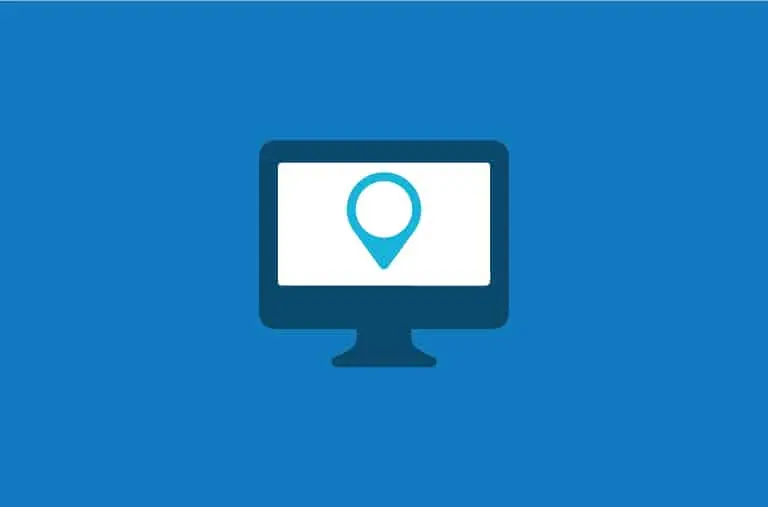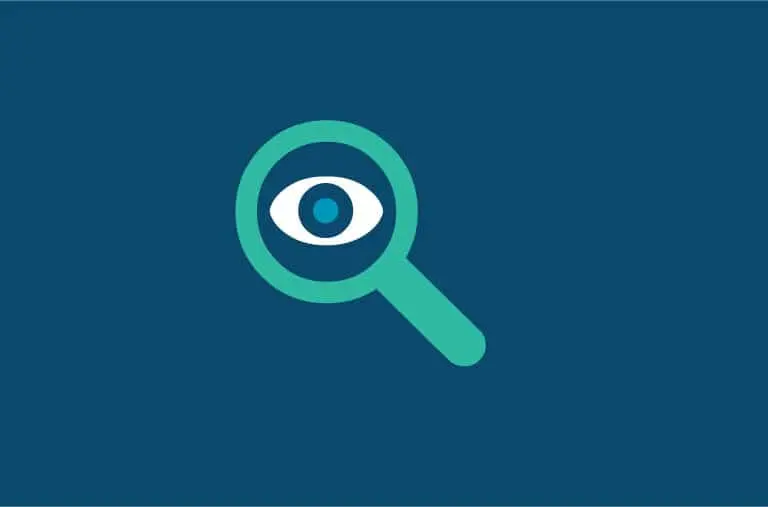Most salespeople have a process or steps to go through when selling a product or service. It includes the search for leads, qualifying them, negotiating, and closing the sale. Each phase of the sales cycle has objectives and activities.
Sales cycle management identifies where your sales team spends their time and how long each phase takes. Sales leaders can evaluate their current sales goal and determine whether their reps need more resources or training.
The most common sales cycle stages:
1. Lead Generation/Prospecting
2. Qualification of Leads / Needs assessment
3. Relationship Building
4. Negotiation
5. The Close
Lead Generation / Prospecting
Lead generation and prospecting are the first stages of the sales cycle. Sales reps generate suspects through marketing efforts like emails, trade shows, or webinars.
All salespeople should have an active database of leads. This database lists people in your target market with whom you can start the conversation. This initial stage aims to create a list of qualified leads.
Each sales rep must create an ideal customer profile. They should consider every aspect of what makes a lead qualified for their business. Looking at current and past customers gives a great sign of different qualifications. Industry, size, location, and pain points are qualities to consider.
The more leads you have at the top of your sales funnel, the more opportunities and final sales. Lead generation is an ongoing process. Sales reps should always have a healthy amount of leads. The marketing team helps build the sales pipeline, but sales reps should also continually find their own leads.
Ways for Sales Reps to find new leads:
1. Social Media (LinkedIn, Twitter, Facebook, Instagram, and others)
2. Sales Lead Databases (Apollo, Dunn & Bradstreet, ZoomInfo, Hunter.io)
3. Ask for referrals from customers, friends, and family
4. Join organizations within your industry
5. Keep ongoing communication with current customers for upsell opportunities and ongoing business
Qualification
The qualifying stage is when the rep assesses the lead and determines whether they are a potential buyer. Accurate qualification determines whether the prospect is a good fit and would benefit from your product or service.
Salespeople should ask the right questions to identify the customer’s needs. The questions will determine their requirements, budget, timeframe, and decision-making process. This stage is understanding the customer’s requirements and filtering out unqualified leads.
The information helps determine the best approach to pitch your solution and can offer alternative options. Taking the time to ask questions and actively listen can lead to better outcomes for both the salesperson and the prospect.
Questions to consider during the qualification stage:
- Do they have a budget and are ready to buy?
- Is the salesperson working with the project’s decision-maker (s)?
- What is their pain point or challenge that needs solving?
- Is the prospect not just interested but they’re ready to start immediately?
Relationship Building
The sales representative enters the relationship phase of the sales process when the prospect has been qualified. This is the stage when the qualified lead into a real prospect.
Relationship building involves demonstrating genuine interest and empathy toward the future customer. The rep actively listens and has effective communication. This creates an open dialogue where the prospects are likelier to share their needs and concerns. Salespeople will understand their customers better and tailor their offerings accordingly.
Digital tools such as email marketing, virtual demos, and social media help you stay on top of mind for the prospects. Reps should consistently communicate valuable information about the product or service. Leveraging these tools can significantly improve conversion rates and lead to long-term success.
Negotiation
After qualifying and building a relationship, the salesperson should understand the prospect’s needs, budget, and timeframe. Most importantly, both parties have determined that your products and services fit their requirements.
During the negotiation, sales professionals typically use a range of strategies. These techniques convince the customer to make a purchase. These could include offering discounts or incentives and highlighting the unique selling points.
Convincing a prospect to buy doesn’t need to involve “hard selling.” The negotiation phase focuses on how your solution will solve the prospect’s problem. The representative will present all benefits, features, and competitive differences.
The Close
The closing stage is critical in the sales cycle as it marks the point where a purchase decision is made. Knowing when to ask for a commitment can be tricky, but following the sales cycle helps to understand when the time is right.
The final proposal is presented in a quote or contract. There should be no surprises in the final agreement with pricing or other details. Ongoing communication throughout the process will promote confidence to make the purchase.
The sales professional needs to be prepared for any objections. Addressing objections can also help to build trust with customers. It shows your company is willing to listen to their concerns and provide solutions to their problems. Identifying and addressing objections increases sales and secures long-term customer relationships.
Continue to keep open lines of communication even after the sale. By doing so, sales professionals can close deals and build lasting customer relationships. By understanding the sales cycle stages, sales reps increase their chances of success and drive more business.
Applying the Sales Stages to Your CRM Solution
Each stage of the sales process should be in your Customer Relationship Management (CRM) application. These processes can be automated so the sales rep can save time with data entry. And it allows the representative to spend more time working with the customer and closing the business.
All sales data is up to date and available in real time. Sales managers view accurate reports anytime and are notified of any changes.
If you have questions about the sales cycle stages or setting up your CRM software, please reach us at sales@clearc2.com.







